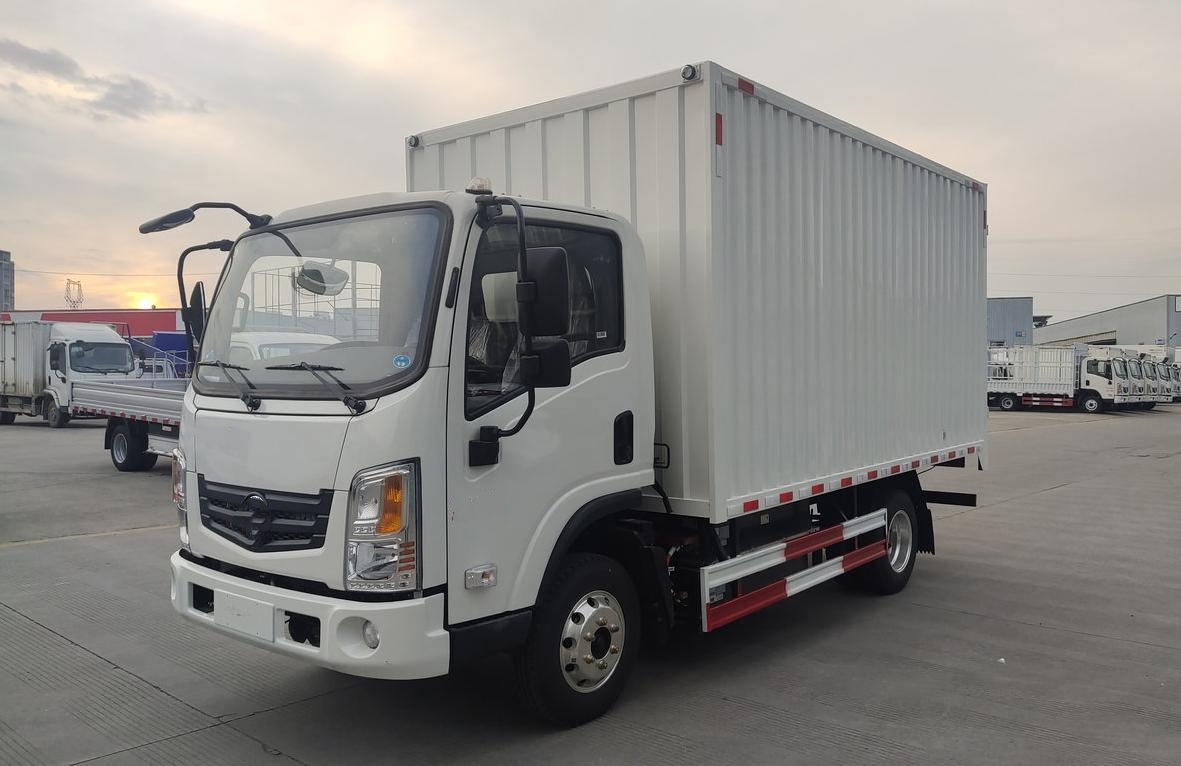Balita sa Electric Truck
Why Does a Pure Electric Vehicle Need to Add Urea?
Nai -post sa ni Mga electric trucks
Sa mga nagdaang taon, as environmental concerns have become increasingly prominent, the automotive industry has been undergoing significant transformations. Vehicle exhaust emissions have long been recognized as a major contributor to environmental pollution, and efforts to mitigate these emissions have led to various technological advancements. Diesel vehicles, for instance, commonly use urea in their SCR (Selective Catalytic Reduction) systems to reduce harmful substances in exhaust gas. Gayunpaman, the emergence of pure electric vehicles has brought about a new set of questions, particularly regarding the need for urea addition.
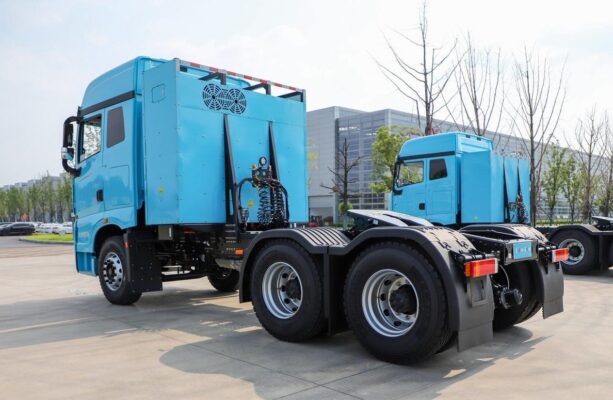
Since pure electric vehicles are powered by batteries, why do they still need to add urea?
Pure electric vehicles are indeed powered by batteries, which is a fundamental difference from traditional internal – combustion – engine vehicles. Gayunpaman, some pure electric vehicles, especially those using fuel cells, face unique challenges related to emissions and operational efficiency. Habang pure electric vehicles do not directly produce exhaust gas in the same way as combustion – engine vehicles, the fuel cells they use can still have an environmental impact during operation.

Fuel cells in pure electric vehicles operate through electrochemical reactions. During these reactions, nitrogen oxides (NOx) can be produced. Although the amounts may be different from those in traditional combustion engines, NOx emissions are still a concern as they can contribute to air pollution and have negative effects on human health and the environment. In this context, urea plays a role that is different from its function in diesel vehicles. Instead of directly reducing exhaust emissions in the traditional sense, urea in pure electric vehicles helps the fuel cells operate more efficiently and stably.
The fuel cell’s operation is highly dependent on specific chemical reactions and conditions. Urea can interact with the components and processes within the fuel cell system to optimize these reactions. By maintaining the proper chemical balance and reaction rates, urea helps to ensure that the fuel cell can generate electricity more effectively. This, in turn, contributes to the overall performance of the pure electric vehicle.
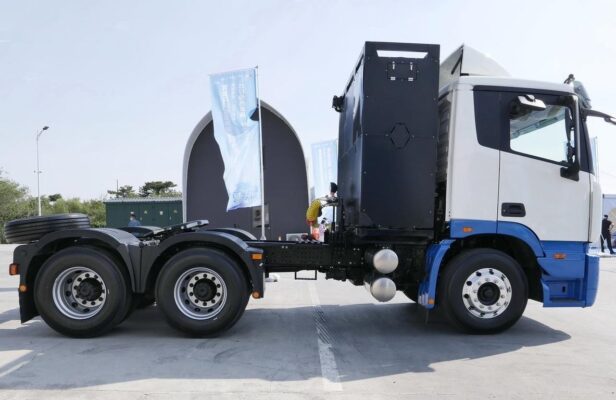
So how does urea help the fuel cells of pure electric vehicles operate?
The fuel cells of pure electric vehicles often utilize a technology known as Proton Exchange Membrane (PEM). This technology is based on the use of pure hydrogen as a fuel source in the fuel cells. Gayunpaman, obtaining and supplying pure hydrogen is not without challenges. Pure hydrogen is a highly reactive gas, and its storage and delivery present significant difficulties. Bilang karagdagan, safety concerns are associated with handling pure hydrogen due to its flammability and potential for leakage.
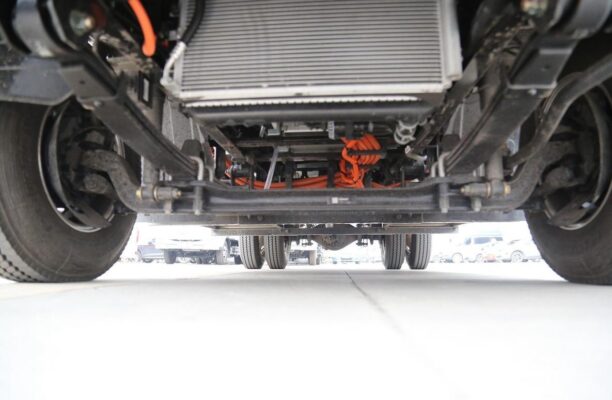
Urea serves as an important intermediate in the synthesis of hydrogen for fuel cells. When urea is added to the fuel cell system, it can be decomposed into hydrogen through the action of a catalyst. This process is crucial for providing a reliable and consistent supply of hydrogen to the fuel cells. The catalyst plays a key role in facilitating the breakdown of urea molecules into their constituent elements, with hydrogen being one of the main products.
The PEM fuel cell technology relies on a continuous supply of hydrogen to generate electricity. Without a sufficient and stable supply of hydrogen, the fuel cell’s performance would be severely compromised. By using urea as a source of hydrogen, the fuel cell can operate more smoothly and efficiently. This is because the decomposition of urea can be carefully controlled to match the hydrogen demand of the fuel cell, depending on the vehicle’s power requirements at any given time.

Since urea plays such an important role in fuel cells, why not use urea directly instead of obtaining hydrogen through decomposition?
Using urea directly in fuel cells is not a practical option due to several inherent properties of urea. Urea has a relatively high viscosity, which means it is thick and resistant to flow. This high viscosity can cause problems within the fuel cell system, as it may impede the smooth flow of reactants and products. In a fuel cell, a fluid – like medium is required to ensure that the electrochemical reactions can occur efficiently. Urea’s high viscosity would disrupt this fluid flow, leading to inefficiencies in the reaction process.
Another issue with urea is its tendency to crystallize. Crystallization can occur under certain conditions, such as changes in temperature or concentration. If urea were to crystallize within the fuel cell system, it could clog the channels and components, preventing the proper flow of substances and ultimately causing the fuel cell to malfunction.
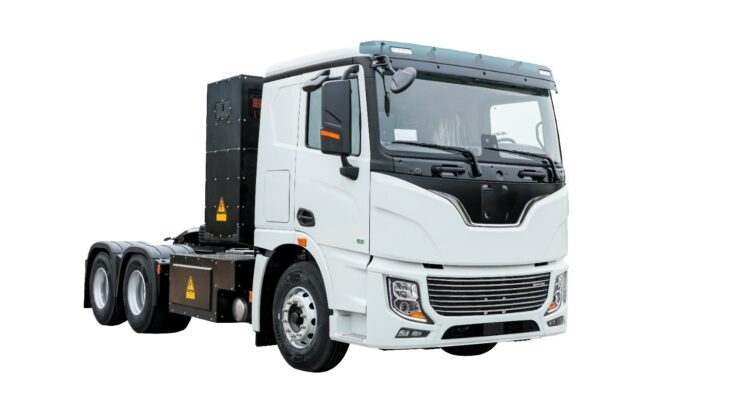
In contrast, hydrogen, once obtained through the decomposition of urea, is in a more suitable form for use in fuel cells. Hydrogen is a gas with much lower viscosity and is highly reactive in the fuel cell environment. It can easily diffuse through the proton exchange membrane and participate in the electrochemical reactions that generate electricity.
Furthermore, the by – products produced after urea decomposition can also be further utilized, reducing resource waste. This is an important aspect of the overall efficiency of the fuel cell system. By carefully managing the decomposition process, the system can not only obtain the necessary hydrogen but also make the best use of the other by – products, contributing to a more sustainable and resource – efficient operation.

Will adding urea to pure electric vehicles cause environmental pollution?
Adding urea to pure electric vehicles will not cause additional environmental pollution. In fact, the process is designed to be environmentally friendly and in line with the overall goal of reducing the environmental impact of vehicle operation.
When urea is added to the fuel cell system, the hydrogen produced by urea decomposition enters the fuel cells. Inside the fuel cell, hydrogen combines with oxygen in a reaction that produces water vapor. This reaction is clean, as no harmful substances are released. The only by – product of this reaction is water, which is harmless to the environment.

Urea itself is also a relatively environmentally – friendly chemical substance. During its storage and use in pure electric vehicles, it does not pose a significant threat to the environment. The proper handling and storage of urea are typically well – regulated to ensure that there are no accidental spills or releases that could cause pollution.
Sa konklusyon, the main role of urea in pure electric vehicles is as an adjuvant for fuel cells. It helps to synthesize hydrogen and provides the required hydrogen supply, which is essential for the efficient and stable operation of fuel cells. The use of urea in pure electric vehicles is a strategic approach that takes into account both the performance requirements of the vehicle and environmental considerations. By enabling the fuel cell to operate more effectively, urea contributes to the overall performance of pure electric vehicles while also ensuring that the process remains environmentally friendly. This technology represents an important step in the development of more sustainable transportation options, as pure electric vehicles continue to play an increasingly important role in reducing the environmental impact of the automotive industry.
